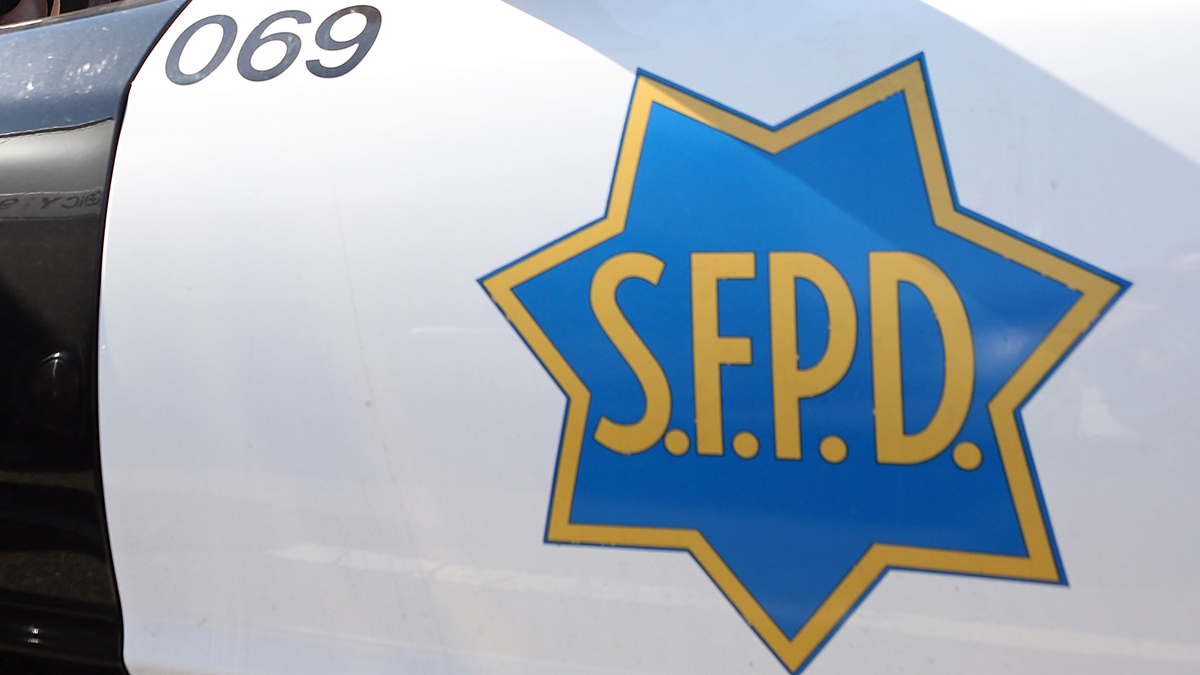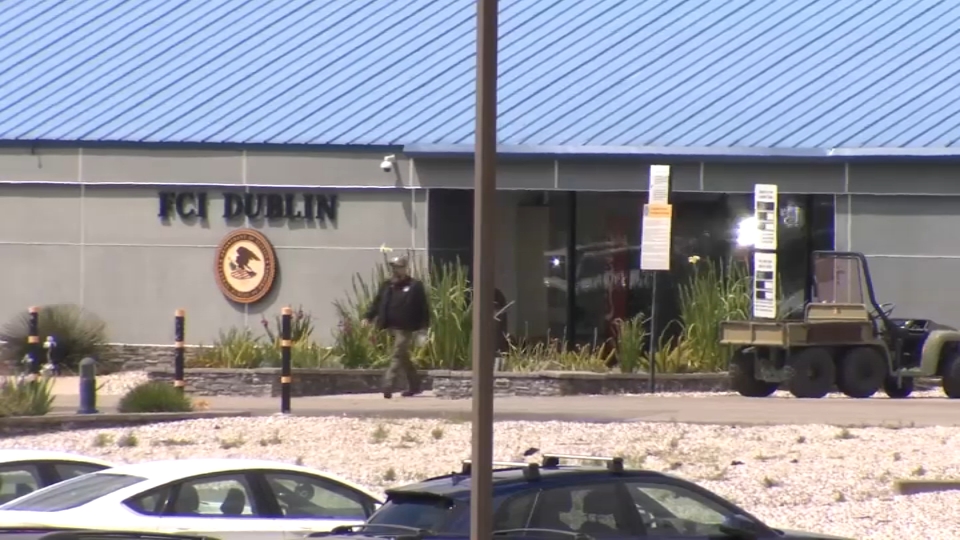A key electrical component of BART’s new train cars has failed recent performance tests due to overheating, creating the possibility of a delay in getting the new fleet in service, NBC Bay Area has learned.
“We can’t afford to have a fleet of cars that are breaking down in our system,’’ John Garnham, manager of BART’s Fleet of the Future project, acknowledged this week in an interview.
Right now, plans call for deliveries to begin by early next year of the first in a total shipment of 775 new cars – a delivery date that can’t come too soon for the Metropolitan Transportation Commission, the agency that helped get the funding for the project.
“I think everyone knows the stakes with respect to these cars,” said Randy Rentschler, spokesman for the regional transit agency. “BART is extremely crowded; BART is aged, it absolutely needs a new fleet.”
But in June of last year, BART engineers learned that the portable transformers in the new auxiliary power supply equipment, or APSE system, had failed tests performed by its Japanese manufacturer, Mitsubishi Electric Co.
The device serves the vital function of channeling the 1,000-volt current that powers BART trains and cutting it to safe levels to power the lighting, air conditioning and the three electrical outlets used to power floor cleaners during servicing.
Tests by supplier Mitsubishi, however, showed the initial unit design was prone to overheating and sudden failure. The electronics overheated, Garnham said, because of a lack of air flow inside the unit, which is about the size of a portable refrigerator.
Local
Those tests revealed that the device was prone to failure when electrically powered floor scrubbers were plugged into the three outlets installed on the trains. The problem puzzled BART engineers and the experts with the main train contractor, Bombardier, which had made such equipment in the past.
Rather than risk putting the project off schedule, BART engineers opted to accept 10 of the problem power supply systems for testing on new cars.
“We told them that we would accept interim units to put on the car while they corrected the problem for the production units,” Garnham said. The plan was to allow time for a redesign.
The flawed “interim” power system was on the sleek car that BART showed off in March of this year, with BART showing off its three doors instead of two on older models, improved air conditioning and a promised smoother, quieter ride.
A month later, however, the “interim” power supply system failed during early testing, causing the test car to go off the end of the tracks at BART’s Hayward test center and into an earthen berm. It was not damaged in the slow speed crash.
The embarrassment was soon blamed on a fluke: A frayed electrical cord on monitoring equipment triggered the short circuit that in turn shut down the auxiliary power supply, leading to brake failure.
But engineers wondered why, after the short-circuit caused by the frayed cord, the power supply equipment did not reset – kick back on – as it was designed to.
Then in May, BART officials went to witness testing on Mitsubishi’s newly reconfigured unit. The electronics were moved inside the unit, allowing for more airflow and stopping overheating, BART officials said.
But new overheating issues emerged. And Mitsubishi was still not able to prevent shutdowns on the three onboard power outlets.
Garnham says the outlet problem is frustrating but fixable in the long run.
“We want it to be able to plug in our stuff and to be able to function, that’s what we want,” he said. “We think they have a solution; we still have to test it and verify it.”
The redesign failed some of BART’s durability standards.
“We do a test that will simulate how the system will work bouncing around a transit vehicle for 30 years,” Garnham says. While the redesign did not meet those standards, Garnham insists that a proposed fix will improve reliability to meet BART standards.
For BART to be satisfied, Garnham said, the overheating danger must be eliminated. “We can’t afford to have a fleet of cars that are breaking down in our system,” he said. “We need to resolve the issue.”
He noted that some of the units work under test conditions at the Hayward track. BART wants proof they will be able to handle temperature shifts from 70 degrees to well over 100 degrees.
“We don’t want to run up to Pittsburg and have (a unit) shut down -- we want to be able to run throughout our system,” Garnham said.
Garnham said engineers are not satisfied with the answers they have gotten so far from Mitsubishi.
“Right now we still think we are on schedule -- we believe we are on schedule and that these are correctible issues within the time table we have,’’ he said.
But, he pointed out, the window is closing.
“We have to be done this year because we are putting the cars into service,” Garnham said. “So we have to correct the issues this year.”
Rentschler, the spokesman for the regional transit agency, said the MTC has faith in BART’s engineers.
“We’re not concerned about it at this point; we kind of expect these teething problems,” Rentschler told NBC Bay Area. “I think BART’s engineers are very meticulous, and they are going to focus on this and get it solved.”
Bombardier, the main train builder that ordered the problem power supply systems from Mitsubishi Electric Co., did not respond to an email seeking comment for this story.
In an email Friday to members of the BART governing board, Operations Manager Paul Oversier reminded the panel that “every project of this complexity and size faces technical challenges along the way."
“There is no question that the APSE is a critical component of the car; but at this juncture, all involved parties are working hard and constructively toward addressing the problem and doing it in such a way that the car delivery schedule is not further impacted.”
Editor's note: After this story aired, BART spokesperson Alicia Trost provided NBC Bay Area with the following statement:
"There is no concern for brake failure on a train that would be in service because it would not happen with a 3-10 car train in service. If an APSE fails, there are 2-9 others operating on the train. Each APSE controls 2 independent brake systems, which means there are 6-20 independent brake systems on the car that would have to fail also. There are too many failures that would have to happen at once to make this possible.
"We also have alarms on the train operator display that shows both APSE failures and if the brake pressure on each car is getting low so we could cut that brake system out and still run. On the new cars as well as the old, we can cut out a number of brake systems and still run safely and effectively."



